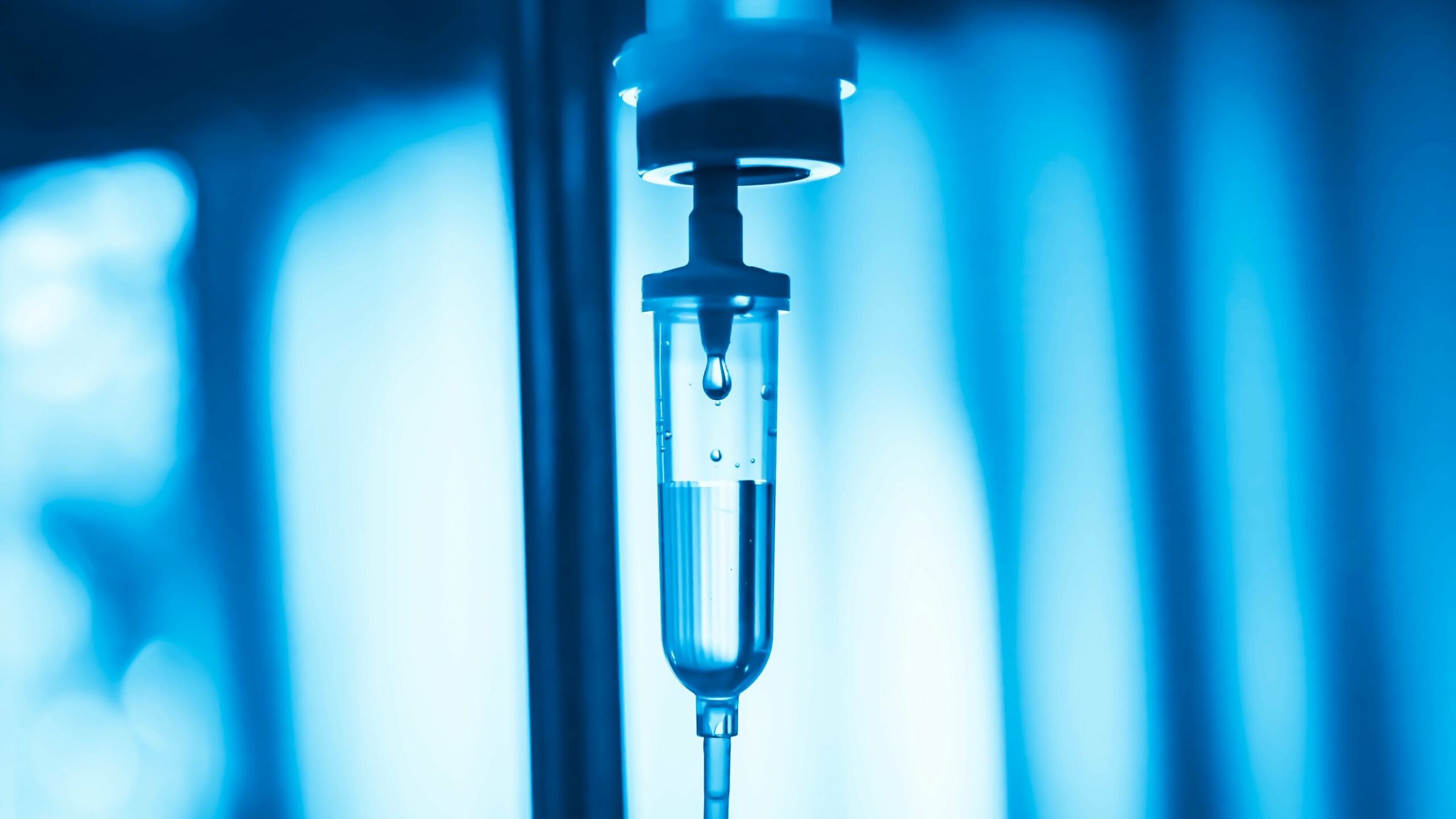
The recent accelerated approval of two products for IgA nephropathy (IgAN), as well as a robust pipeline including drugs with various mechanisms of action put the development of therapeutic strategies for IgAN at the forefront of innovation. Products that will help physicians address IgAN at the pathogenic level will likely become available in the upcoming years.
During a poster session at ASK Kidney Week 2024, Justin Snyder, BS, and Meghan Weiss, BS, MBA, of Spherix Global Insights, Exton, Pennsylvania, presented data from 454 audited patient charts and online surveys regarding the future of individualizing treatment for IgAN. The poster was titled Complement and B Cell Monitoring Pipeline to Address Unmet Needs in IgA Nephropathy (IgAN).
Data were gathered in partnership with 142 nephrologists in the United States in January 2024 and supplemented with results of online surveys sent to 105 other US nephrologists in February 2024.
Eighty percent of the nephrologists said they would feel better equipped to treat their patients with IgAN with the approvals of delayed-release oral budesonide and sparsentan. Currently, 72% of nephrologists are using budesonide and 66% are using sparsentan, both positioned as third-line or later treatments following renin-angiotensin-aldosterone system inhibitors and sodium-glucose cotransporter-2 inhibitors. Nearly half of the nephrologists (46%) do not feel their patients can achieve the desired proteinuria goals using only those therapies.
Peyer’s patches may be the main source of galactose-deficient (gd) IgA1 antibodies, a primary source of kidney damage and inflammation. However, 47% of nephrologists do not believe that targeting the Peyer’s patch is an important treatment goal. Sixty-eight percent of the nephrologists agreed that IgAN is a B-cell mediated disease, with Gd-IgA1 production stemming from overstimulated B cells and plasma callas. Three quarters (76%) believe that the complement system has an active role in the pathogenicity of IgAN.
Several agents in the IgAN pipeline target B-cell and plasma factors. Iptacopan, a complement factor B inhibitor, and atacicept, a B lymphocyte stimulator and a proliferation-inducing ligand inhibitor targeting B cells and plasma cells, are in phase 3 trials. Nephrologists believe that if those drugs are approved, they would be at least somewhat likely to prescribe one or both to approximately one-third of the IgAN patients whose charts were included in the study.
“Nephrologists continue to see an unmet need in the IgAN space, leaving room for new market entrants to effectively treat the root cause of the disease and further enable physicians to individualize treatment,” the researchers said.
Source: Snyder J, Weiss, M. Complement and B-cell modifying pipeline to address unmet needs in IgA nephropathy (IgAN). FR-PO869. Abstract of a poster presented at the American Society of Nephrology Kidney Week 2024; October 25, 2024; San Diego, California.







 © 2025 Mashup Media, LLC, a Formedics Property. All Rights Reserved.
© 2025 Mashup Media, LLC, a Formedics Property. All Rights Reserved.